Everything you need to know about cooking with cinnamon, including the different varieties or cinnamon (and which one you should be careful with!)
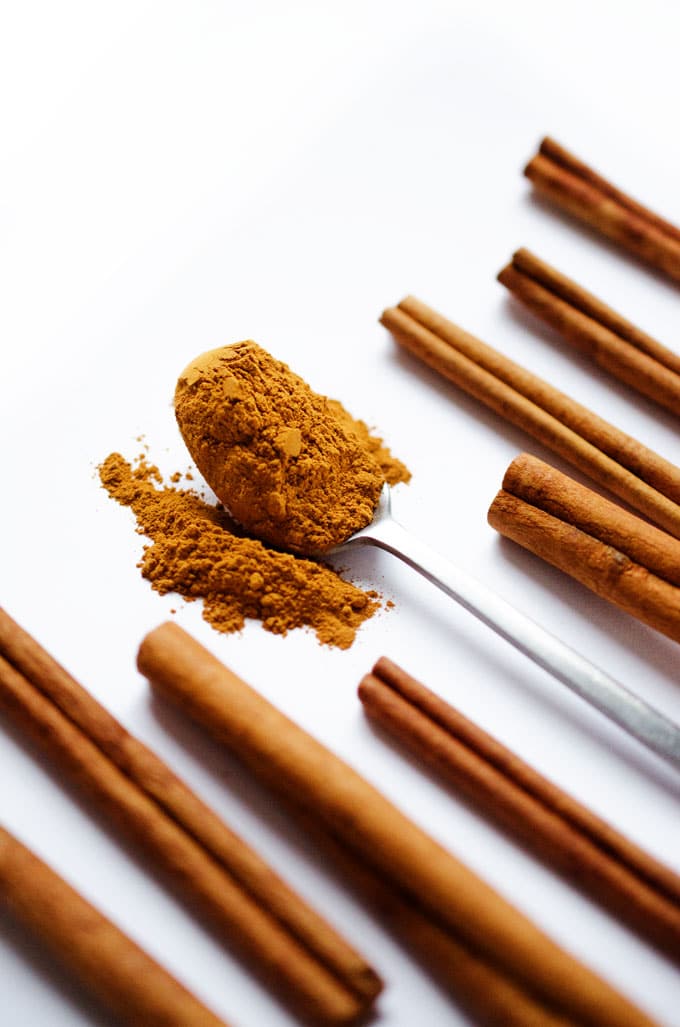
It’s the most wonderful time of the year, the time of cinnamon! We got our health thing on last week with cauliflower, and that was great and all, but it’s about time we surround ourselves with oversized scarves, Michael Buble, and cinnamon. So let’s do some cinna-learning before we jump into the recipes later this week!
What is cinnamon?
How’s this for some 46 days until Christmas celebration…Cinnamon. Forests. Exist. No, this isn’t a magical forest traversed by Buddy the Elf on his way to NYC, this is the real deal, guys. The cinnamon we know and love this time of year is actually the bark of a tree, available either as a whole dried “quill”, or ground into powder.
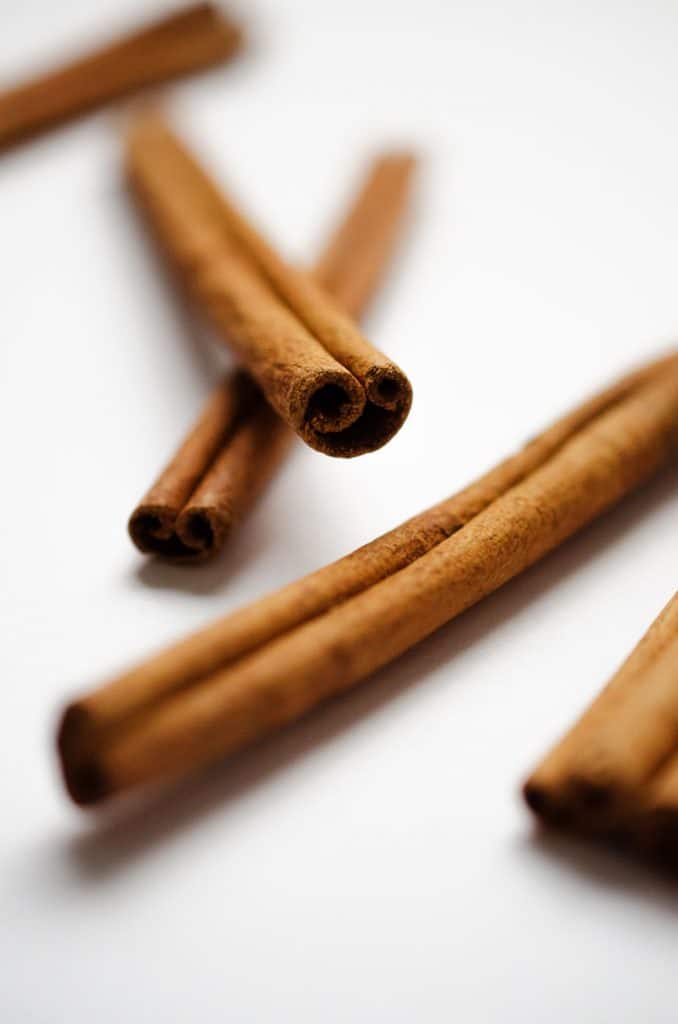
Varieties of cinnamon
There are quite a few varieties of cinnamon, but the ones we really care about fall into 2 main camps:
Cinnamomum Cassia (aka Saigon, Chinese, or Korintje): This is the most common type of cinnamon, with strong and spicy notes. Due to an unpredictable amount of coumarin (a naturally occurring blood-thinner that can be dangerous in large amounts), you shouldn’t eat large amounts of this variety in one sitting. You can distinguish this variety by its’ large, thick quills.
Cinnamomum Verum (aka Ceylon, Sri Lanka, Mexican, or true): This alternative cinnamon, has a more mellow flavor. Its’ bark is yellowish, and the quills are delicate and flaky. This variety has much lower levels of coumarin, and is therefore safer to consume in large quantities (this cinnamon is dog friendly too!).
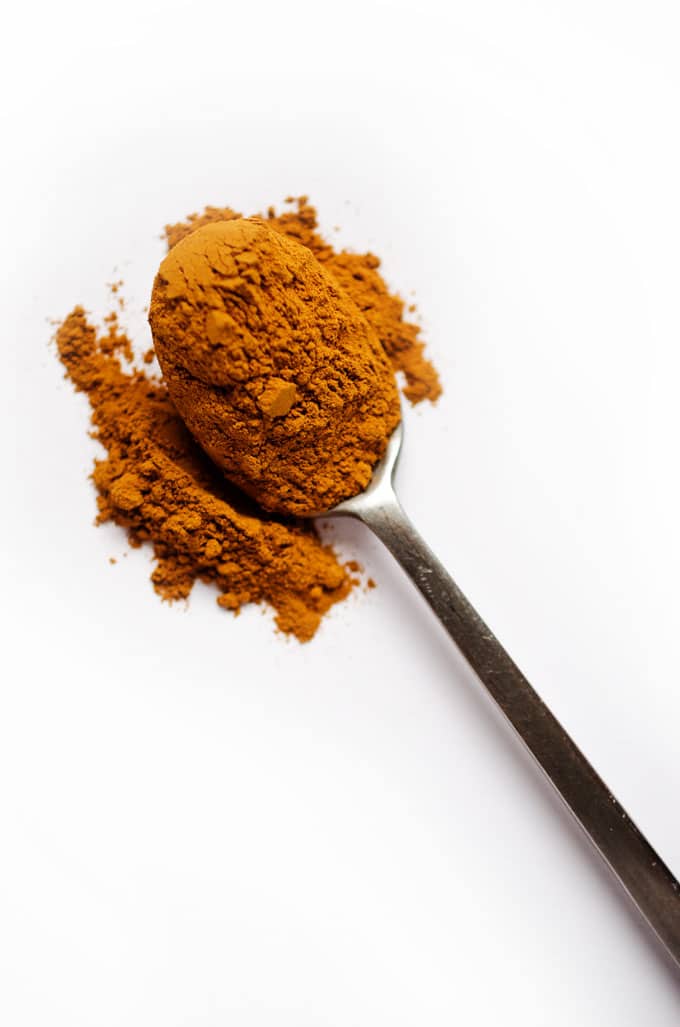
How to select cinnamon
Cassia is available in most North American groceries. If you’re looking for Ceylon, you may need to head to specialty ethnic stores or shop online.
How to store cinnamon
Stick form will last longer than ground (optimally around 1 year stick vs 6 months ground). Store it in a tightly sealed glass container in a cool, dark place.
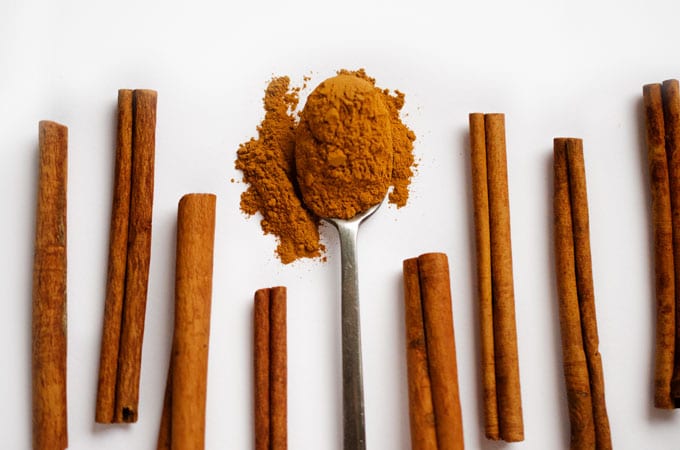
Cinnamon nutrition information
per 2 teaspoons ground cinnamon
- Calories: 25
- Carbohydrates: 8 g
- Fiber: 5.3 g, 25% of Daily Value (DV)
- Protein: 0.4 g
- Fat: 0.1 g
- 46% DV of Manganese: A trace element that plays a role in healthy brain and nervous system function.

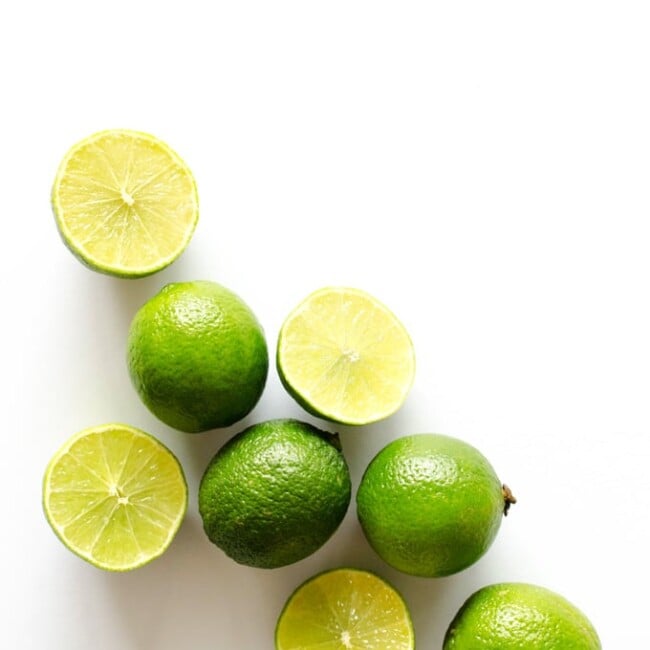
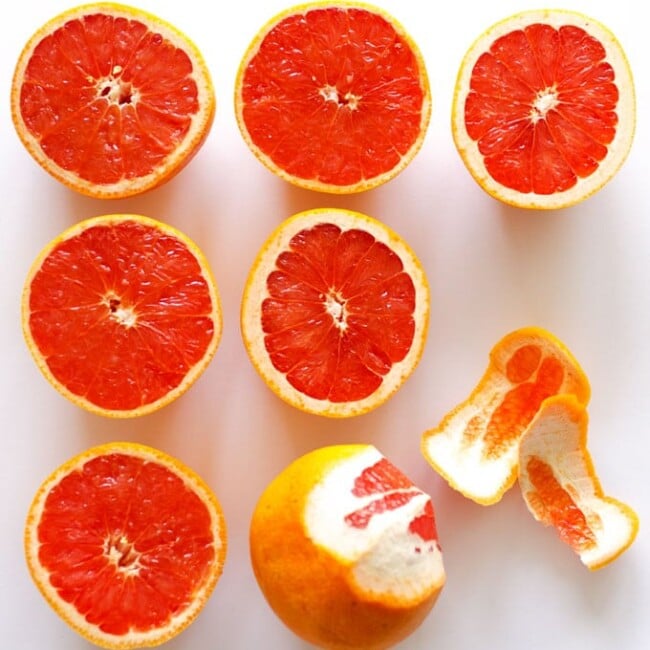
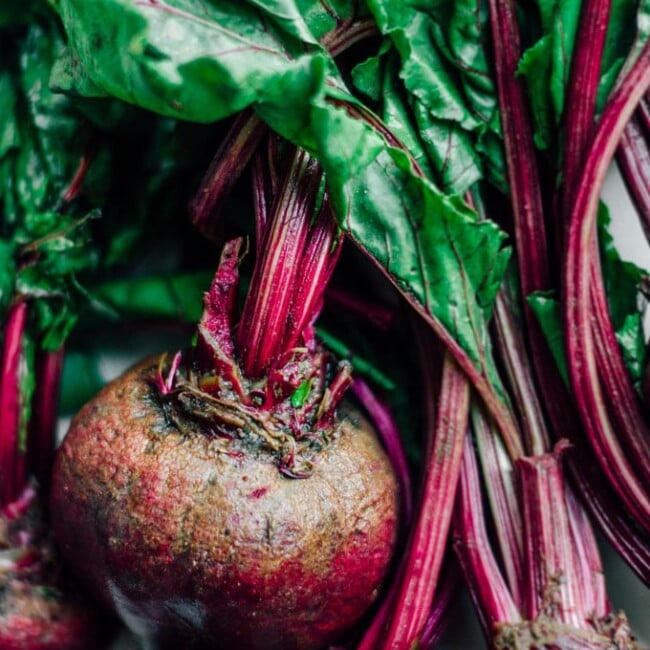
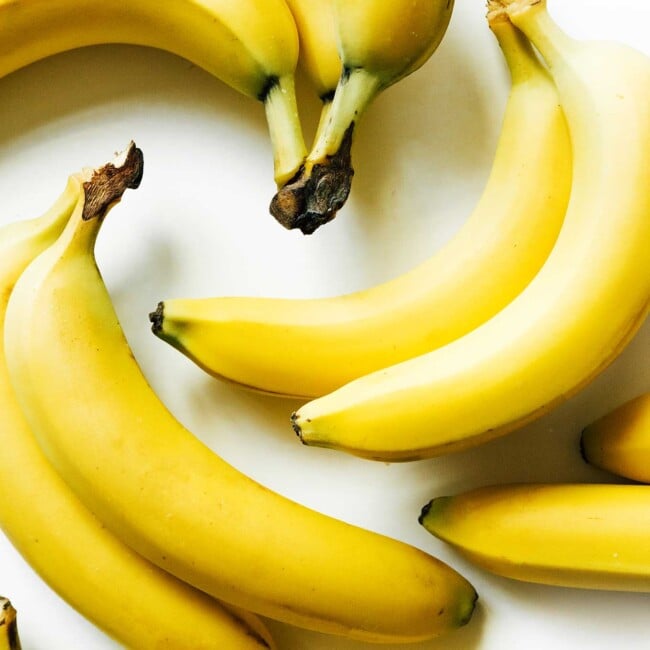
Leave a Comment